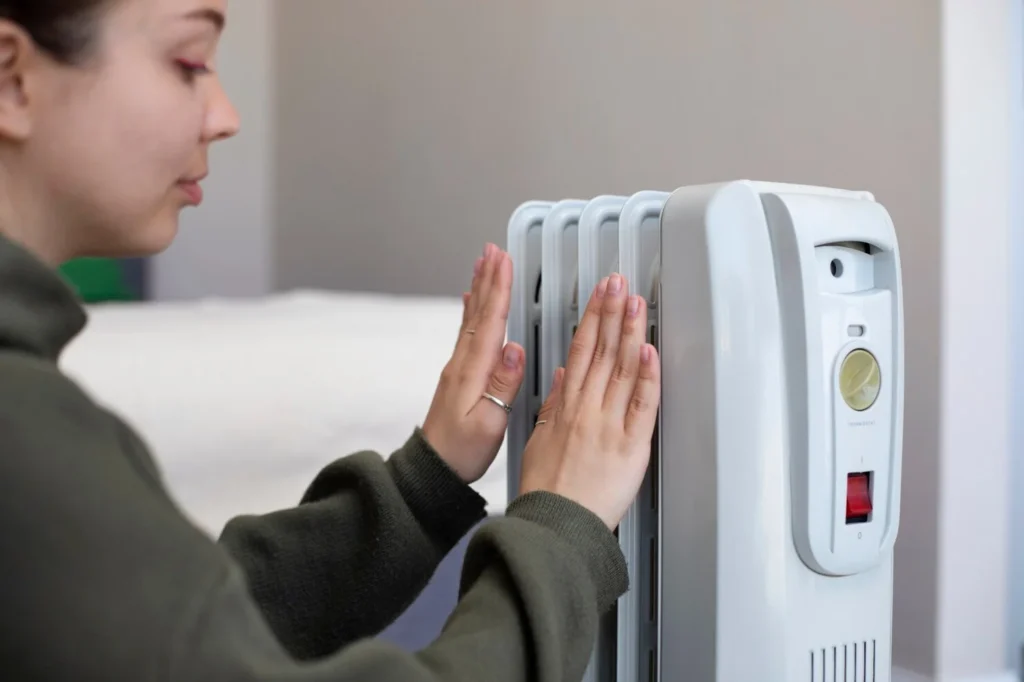Selecting an electric radiator for your home can be a daunting task, given the immense variety available on the market. From different sizes and designs to varying functionalities and energy efficiencies, it is essential to take multiple factors into account to ensure you make the best choice for your specific needs.
Understanding Your Heating Requirements
One of the first steps in choosing the right electric radiator is to understand your heating requirements. Consider the size of the room or area you need to heat. Smaller rooms may only require a compact and less powerful radiator, whereas larger spaces could necessitate a more robust solution. Additionally, assess the level of insulation in your home, as well-insulated spaces tend to retain heat better and may not require a high-output radiator.
Efficiency and Energy Consumption
Energy efficiency is a crucial factor to consider when selecting an electric radiator. Modern electric radiators often come with features that help conserve energy and reduce heating costs. Look for radiators with programmable thermostats, timers, and smart technology that allows you to control the heating remotely. These features enable you to optimise heating schedules, ensuring that your radiator only runs when necessary, hence improving overall energy efficiency.
Design and Aesthetics
Aside from functionality, the design and aesthetics of the electric radiator also play a significant role in the selection process. Electric radiators come in various styles, from traditional to contemporary, allowing you to choose one that complements your interior décor. Consider whether you prefer a wall-mounted unit, which can save space and provide a sleek look, or a freestanding model that offers flexibility in positioning.
Heating Technology
Electric radiators use different heating technologies, each with its advantages. Convection radiators are quick to heat up a room but may not retain heat as efficiently. On the other hand, radiant and oil-filled radiators tend to provide more consistent and long-lasting heat. Understanding the pros and cons of each type will help you make an informed decision that meets your heating preferences.
Safety Features
Safety is paramount when it comes to home heating solutions. Ensure that the electric radiator you choose is equipped with essential safety features such as overheat protection, which automatically shuts off the unit when it gets too hot, and child-lock settings if you have young children in the household. Additionally, check for safety certifications that attest to the quality and reliability of the radiator.
Noise Levels
The noise level of an electric radiator can significantly impact your comfort, especially if it is placed in a bedroom or a quiet study area. Look for models that operate quietly, as some radiators may have fans or moving parts that generate noise. Reading customer reviews and specifications can provide insights into the noise levels of different radiators.
Budget Considerations
Finally, budget is always a factor when making any significant purchase. Electric radiators vary widely in price, largely depending on their features, design, and brand. While it might be tempting to opt for the cheapest option, consider the long-term benefits of investing in a higher-quality, energy-efficient model that could save you money on heating bills over time. Weighing the initial cost against the long-term savings can provide a clearer picture of the best value for your investment.
Conclusion
In conclusion, choosing the right electric radiator involves carefully evaluating your heating needs, efficiency requirements, design preferences, technology, safety features, noise levels, and budget. By taking these factors into account, you can make an informed decision that ensures warmth and comfort in your home during the colder months. It’s essential to do your research and potentially seek professional advice to find the radiator that best fits your specific circumstances and provides optimal heating performance.







